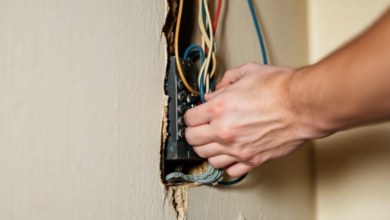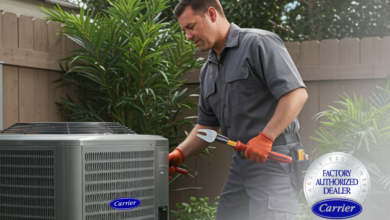Seasonal Care Tips for Maintaining Scott Pond Fountains

Ponds are strange things. They sit quietly in the background for most of the year. And then—suddenly—you notice something’s off. The water’s cloudier. There’s a bit of a smell. Or maybe the fountain isn’t quite doing what it used to.
That’s usually when the weather shifts. Now, if you own a Scott Pond Fountain, seasonal changes matter more than you might think. Sure, they’re built to last. But nature doesn’t exactly follow a warranty policy. So, staying one step ahead can make a real difference.
Spring: Don’t Just Plug It In and Hope for the Best
Let’s be honest—spring is when everyone wants the pond to look nice again. But diving straight into use after months of inactivity? That’s a gamble.
Before anything else, pull the fountain up. Give it a once-over. Actually, give it two. Look for tangled leaves, tiny nests, and even spiderwebs in the intake area. These things creep in without notice.
That rubber seal? Wiggle it. If it feels stiff or crumbly, it’s time to replace it. And while you’re at it, power cables deserve more respect. They’re easy to overlook, but any nicks or frays will come back to bite—usually when it’s least convenient.
If the spray looks uneven or weak, it might be more than just gunk. It could be something internal. It’s not always obvious at first.
Summer: Where Things Can Go Very Right—or Very Wrong
By summer, your fountain is probably doing most of the work. Sun, heat, fish, and debris all combine to stress the pond. So, here’s where regular checks become your best bet. Every few days, take a moment:
- Is the spray strong and consistent?
- Any algae creeping up the float ring?
- Is the motor sounding a bit… off?
These may seem minor, but they add up. And when the heat kicks in, keep an eye on water levels. Pumps don’t love air. Running one dry, even briefly, can cause it to burn out faster than you’d think.
You’ll also want to check on dissolved oxygen levels, especially if fish are gasping at the surface. That’s a red flag. Water agitation helps, but only if the flow is steady and clean.
See also: Safe and High-Quality Ways to Enjoy Movies at Home
Autumn: Clean It or Regret It
Leaves are beautiful—until they start to choke your pond. It’s strange how fast it happens. One day, there’s a layer of colour. Next day? A soggy mess stuck to the intake. So, here’s what tends to work:
- Scoop debris out daily, even if it feels pointless.
- Trim back low-hanging branches before they dump everything in.
- If you get heavy winds, consider pulling the fountain up early.
- And always, always check the screen. Even a little blockage makes the motor strain.
This is also a good time to think ahead. If winter brings ice, you don’t want the unit freezing in place. Cracks don’t always show up until it’s too late.
Winter: A Quiet Season, but Not One to Ignore
Some folks leave their fountains running through winter. And that can work—if you live in a milder zone and the water stays liquid. But if freezing’s even a possibility, pulling the unit out is smarter. No question. Before storage:
- Unplug everything safely
- Drain out the water completely
- Dry it well—really well
- Store it somewhere safe from moisture and rodents.
Avoid basements with damp floors or garages where the temperature drops too low. Mice love cable jackets, for reasons no one fully understands. Alternatively, if you plan to keep oxygen in the water, submersible aerators are often a better fit for winter. They sit deeper and avoid surface ice issues.
The One Habit That Separates Frustrated Owners from Happy Ones
It’s boring, sure, but keeping a small log—just a notebook or file on your phone—makes life easier. When was the last time you cleaned the nozzle? Replaced that cord? Noticed an odd vibration?
You won’t remember. Not when six months have passed and the water’s gone cloudy again. Those little notes? They’ll save you guessing. And maybe a few hundred dollars.
Patterns Matter More Than Perfection
Nobody wants to tinker with a pond every weekend. That’s fair. But if you only react when something breaks, your fountain won’t last long. Instead of big fixes, look at it this way:
- Spend 5 minutes once a week
- Rinse what needs rinsing
- Glance at the spray shape
- Listen for new sounds
That’s it. Do that consistently, and problems don’t get the chance to grow. Most breakdowns happen gradually. A small clog leads to lower flow. That causes overheating. Then a burned-out motor. And suddenly, it’s not just a cleaning issue—it’s a replacement.
Wrapping It Up Without a Bow
This isn’t about being perfect. Most people won’t follow every seasonal checklist. And that’s okay. But skipping everything? That’s not an option either—not if the goal is a clear, oxygenated pond with happy fish and clean surfaces.
Scott Pond fountains can do a lot. They just need a bit of backup from your side. And if you give them that, they’ll keep doing what they do best, through every season, without a fuss.





